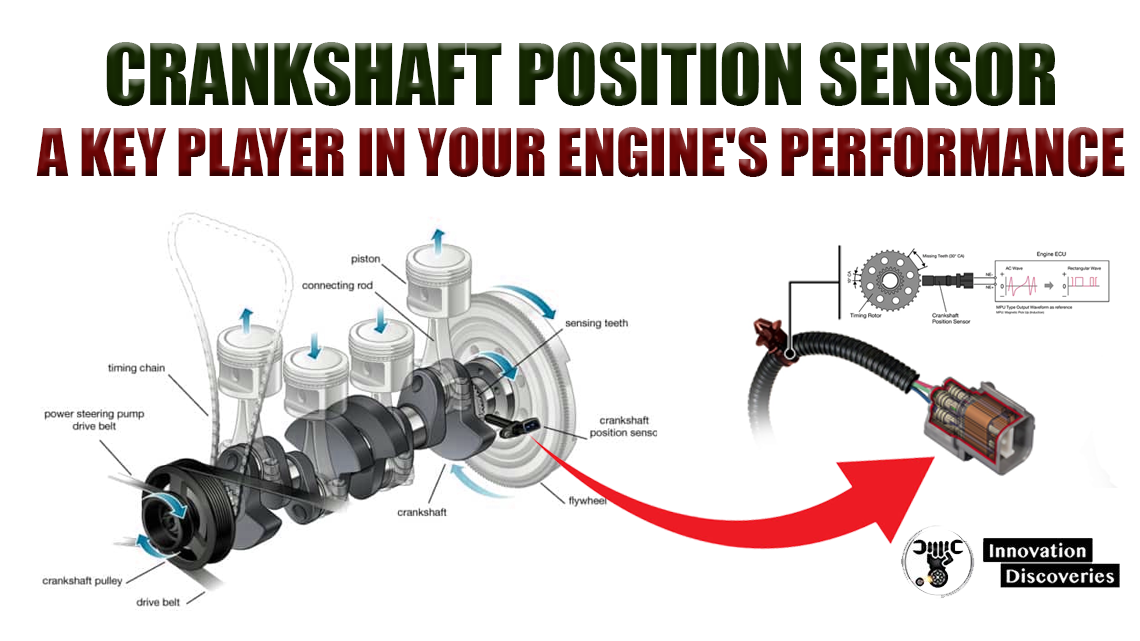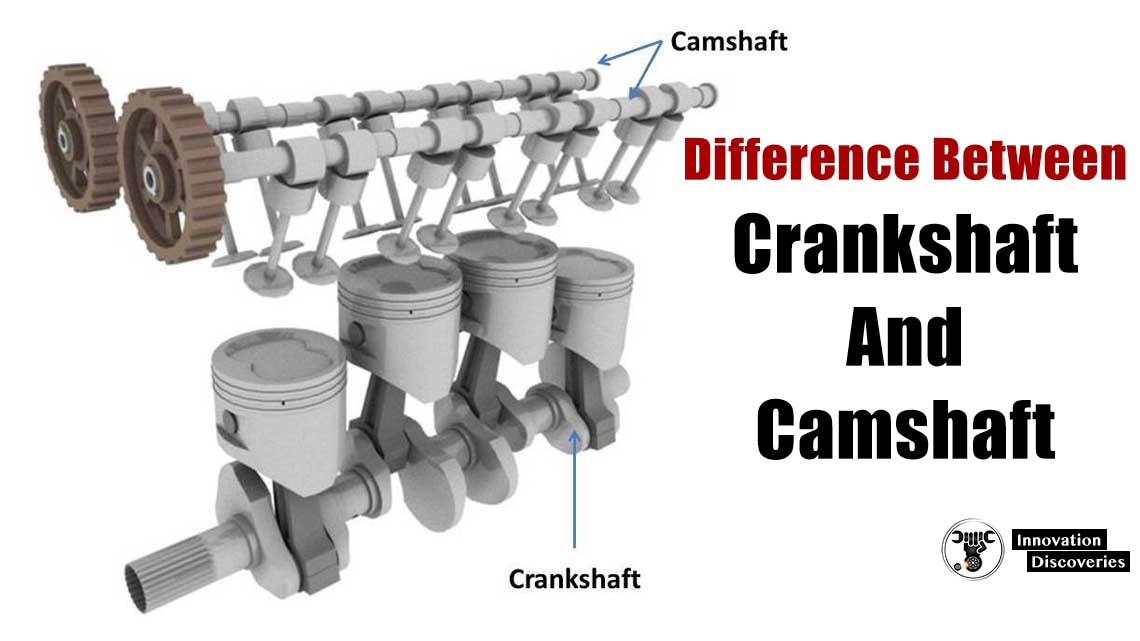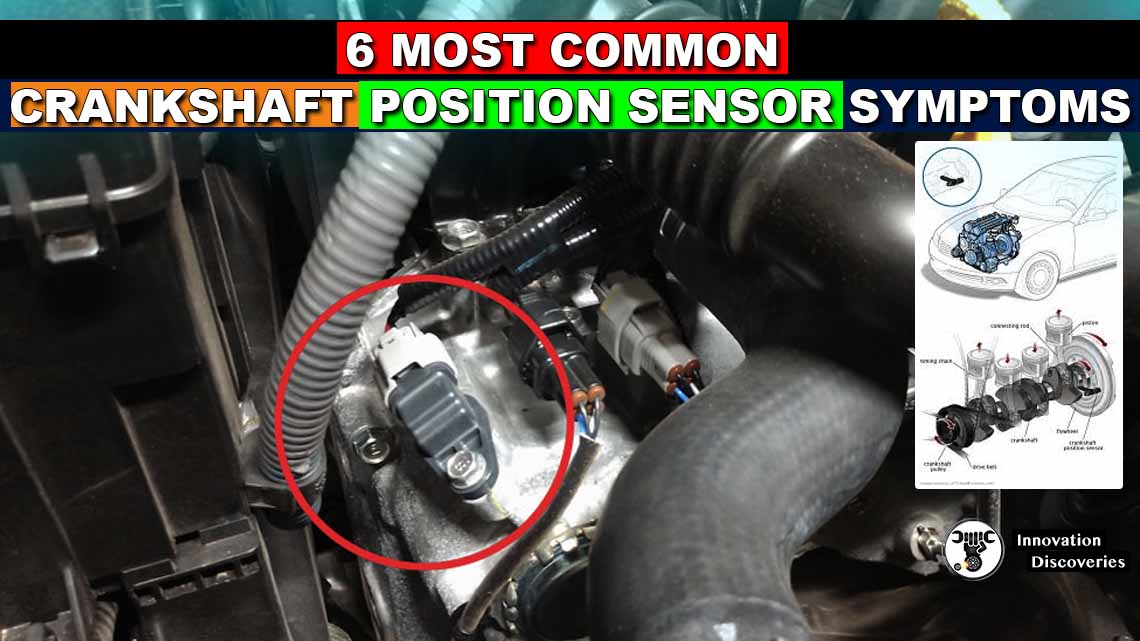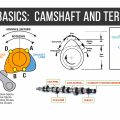
Introduction
Behind the smooth operation of your car’s engine lies a small yet crucial component known as the crankshaft position sensor (CKP sensor). This unassuming sensor plays a vital role in ensuring your engine runs efficiently and reliably. In this blog article, we will delve into the significance of the crankshaft position sensor, its functions, common issues, and the importance of regular maintenance.

1. Understanding the Crankshaft Position Sensor
At the heart of every internal combustion engine is the crankshaft, responsible for converting the piston’s up-and-down motion into rotational motion. The CKP sensor is responsible for monitoring the rotational speed and position of this crucial component.
2. How It Works: Types of CKP Sensors
Crankshaft position sensors can be categorized into different types, each utilizing distinct principles to detect the crankshaft’s position and rotation. Common types include magnetic, Hall-effect, and optical sensors.
3. The Role in Engine Timing
Precise ignition timing is essential for efficient engine performance. The CKP sensor provides real-time data to the engine control unit (ECU), allowing it to determine the optimal timing for spark plug ignition and fuel injection.
4. Identifying CKP Sensor-Related Issues
A malfunctioning CKP sensor can lead to a host of engine problems. Drivers may experience rough idling, engine stalling, difficulty starting the engine, and reduced overall performance. The vehicle’s onboard diagnostic system may also trigger the check engine light (CEL) to signal potential issues.
5. Diagnostic and Replacement
When facing issues related to the CKP sensor, it is crucial to have the problem accurately diagnosed by a qualified mechanic using specialized diagnostic equipment. If a faulty CKP sensor is confirmed, timely replacement is necessary to prevent further engine complications.
6. Regular Maintenance: Ensuring Smooth Performance
While the CKP sensor is durable, it is not immune to wear and tear. Regular maintenance and inspections can help identify emerging issues and prevent potential breakdowns. Don’t overlook this small yet critical component during routine servicing.
Conclusion
The crankshaft position sensor may be a modest component, but its impact on your engine’s performance is significant. Without it, your engine’s ignition timing and fuel injection would be compromised, leading to reduced efficiency and increased emissions. Understanding the CKP sensor’s role and recognizing its common symptoms can help you stay proactive in maintaining your vehicle’s optimal performance.
Next time you start your car, take a moment to appreciate the silent efficiency of the crankshaft position sensor working behind the scenes, ensuring that your engine runs smoothly and reliably. To keep your vehicle in top-notch condition, remember to schedule regular maintenance and promptly address any CKP sensor-related issues. Your engine will thank you with years of dependable service on the road ahead. Happy driving!
Discover More

Visit Forum
Visit Our Friendly Website






